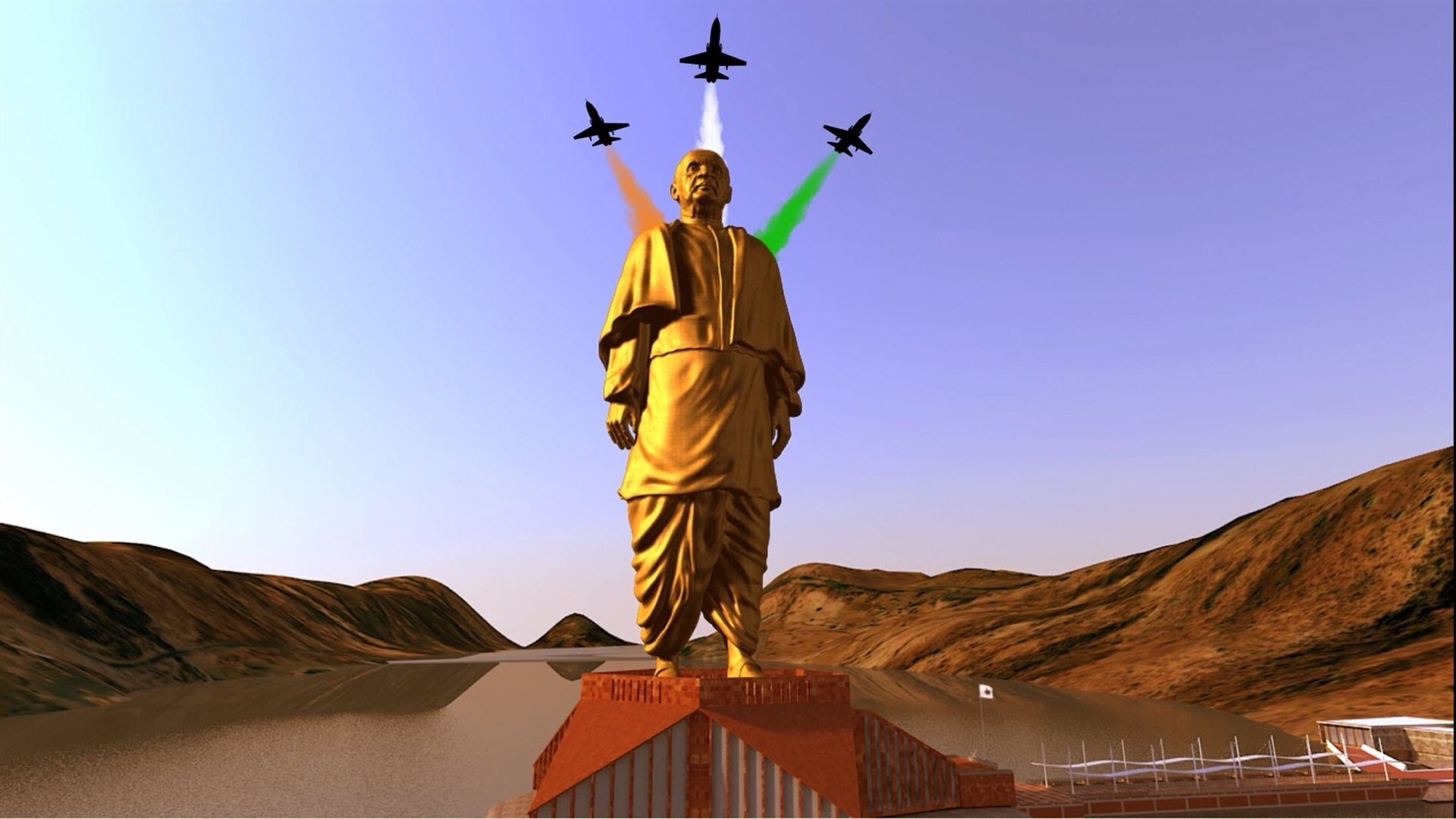
The Statue of Unity is the tallest monument in the world.
The iconic monumental statue is built as a reverence to Sardar Vallabhbhai Patel – the Ironman of India. Sardar Vallabhbhai Patel is also proclaimed the architect of Independent India due to the service rendered by him for the nation.
There are many architectural and monumental marvels which already exist in India from ancient times, and the Statue of Unity is one of the marvellous creations to date. It was dedicated to the country during his 143rd birth anniversary.
The Statue of Unity will represent India for its engineering and technical power and efficiency.
Project Details
- The monument is located in the state of Gujarat covering an area of 20,000 square meters. It is located overlooking the river Narmada and Sardar Sarovar dam with Satpura and Vindhyachal hills of Kevadia on both sides.
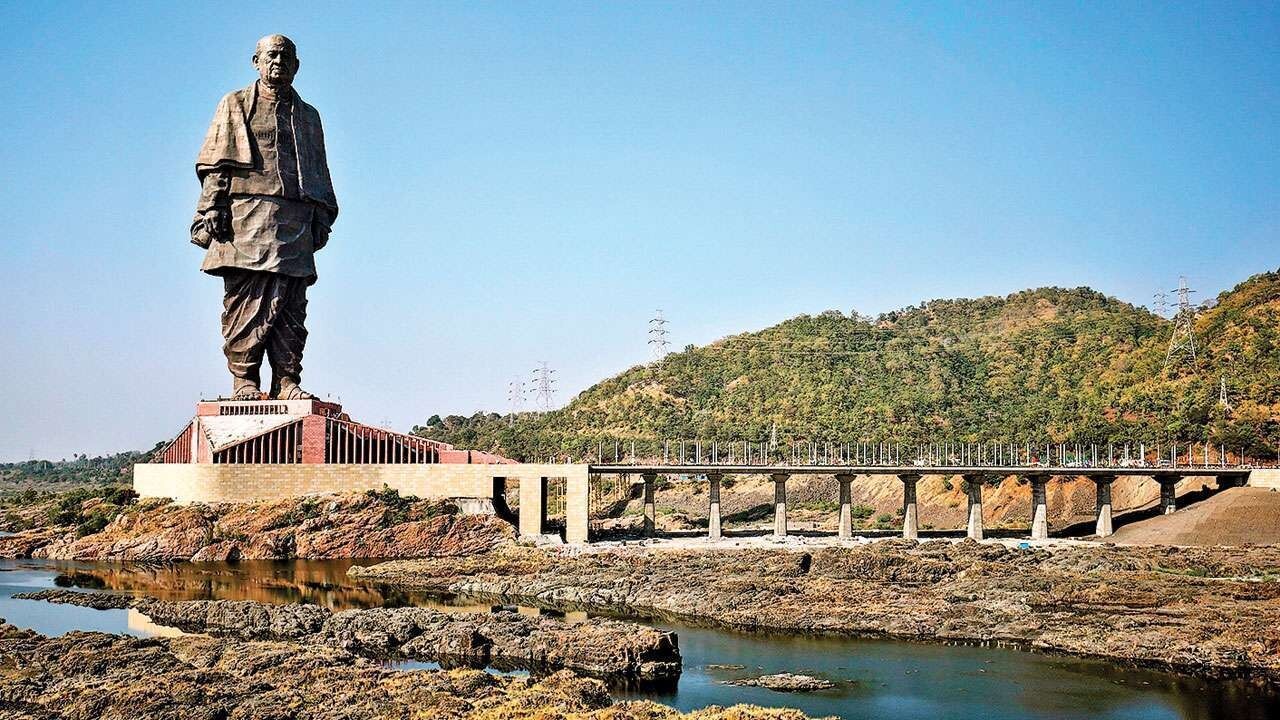
- The Statue of Unity is designed by Ram V Sutar who is a Padmabhushan winning Indian sculptor. The monument also has a viewing gallery which can accommodate about 200 visitors. Every visitor will feel the quintessence of the monument due to its symbolism.
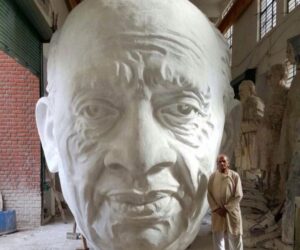
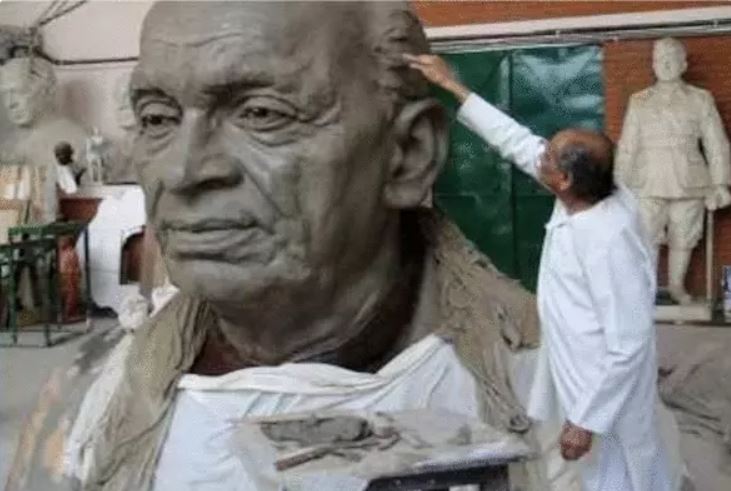
The Statue of unity is 40 percent taller than China’s Spring Temple Buddha, making it the world’s tallest statue. The actual height of the monument is 182 meters.
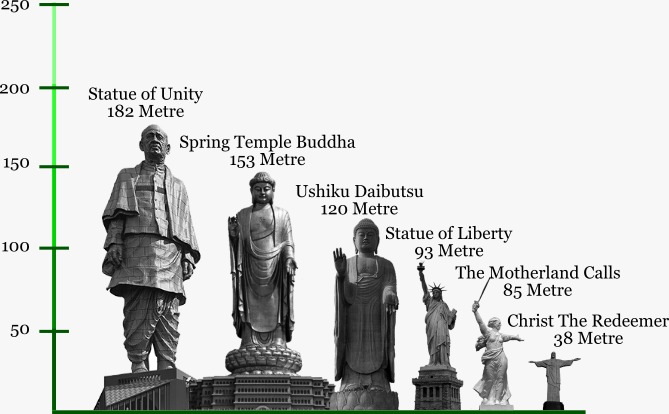
The monument is an earthquake-proof structure and it can also withstand severe wind velocities.
It is made out of three layers. The strength of the structure is the dual cylindrical concrete cores. The structure has made use of a quantity of 70000 tons of cement, 6350 metric tons of structural steel, 16101 metric tons of reinforcement steel bars, and 12000 bronze panels to clad itself. A tuned mass damper system will provide extra stabilization to the structure.
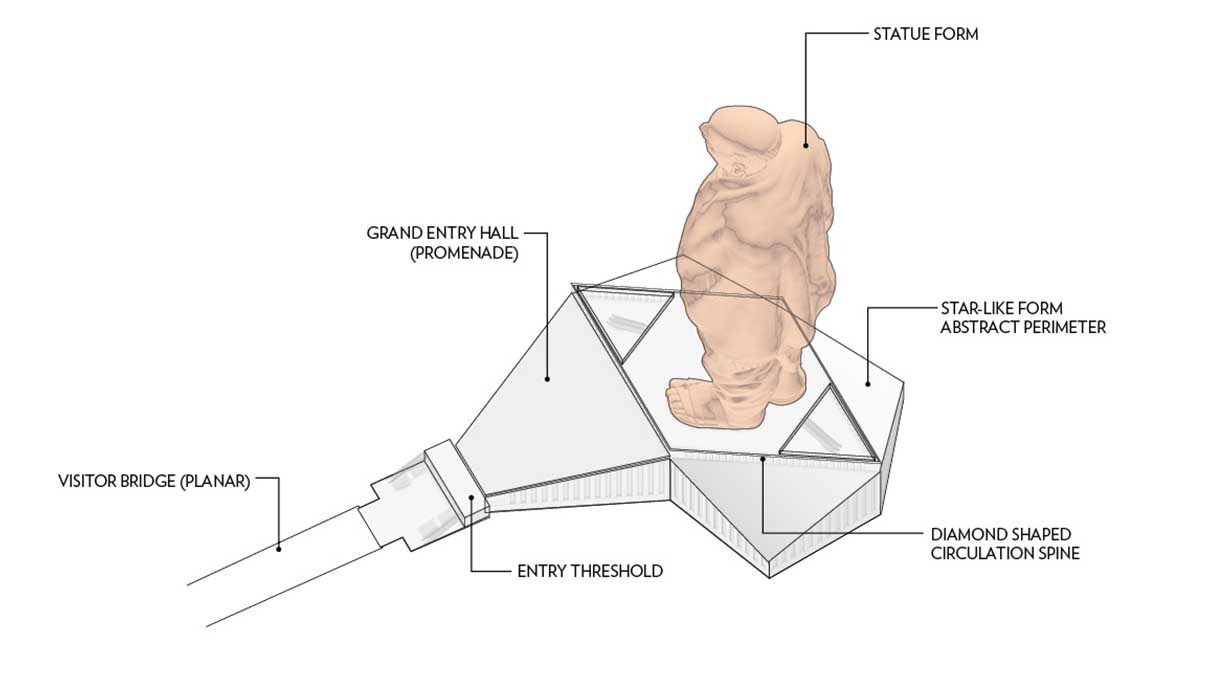
There is a spectacular light show in the facade during the night using laser technology which lights up the monument. The light show supports the massive appearance of the statue by incorporating a balanced mix of audiovisual elements. It provides a reliable and maintenance-free experience for years with the usage of an IP5X-sealed solid-state laser light source. The light show will provide a multisensory impact to the viewers with its visual experience.
There are specialized mirror mechanisms that enable the display of colorful visuals on the statue during the show. The usage of mirrors helps in required projection results.

Uniqueness Of The Project
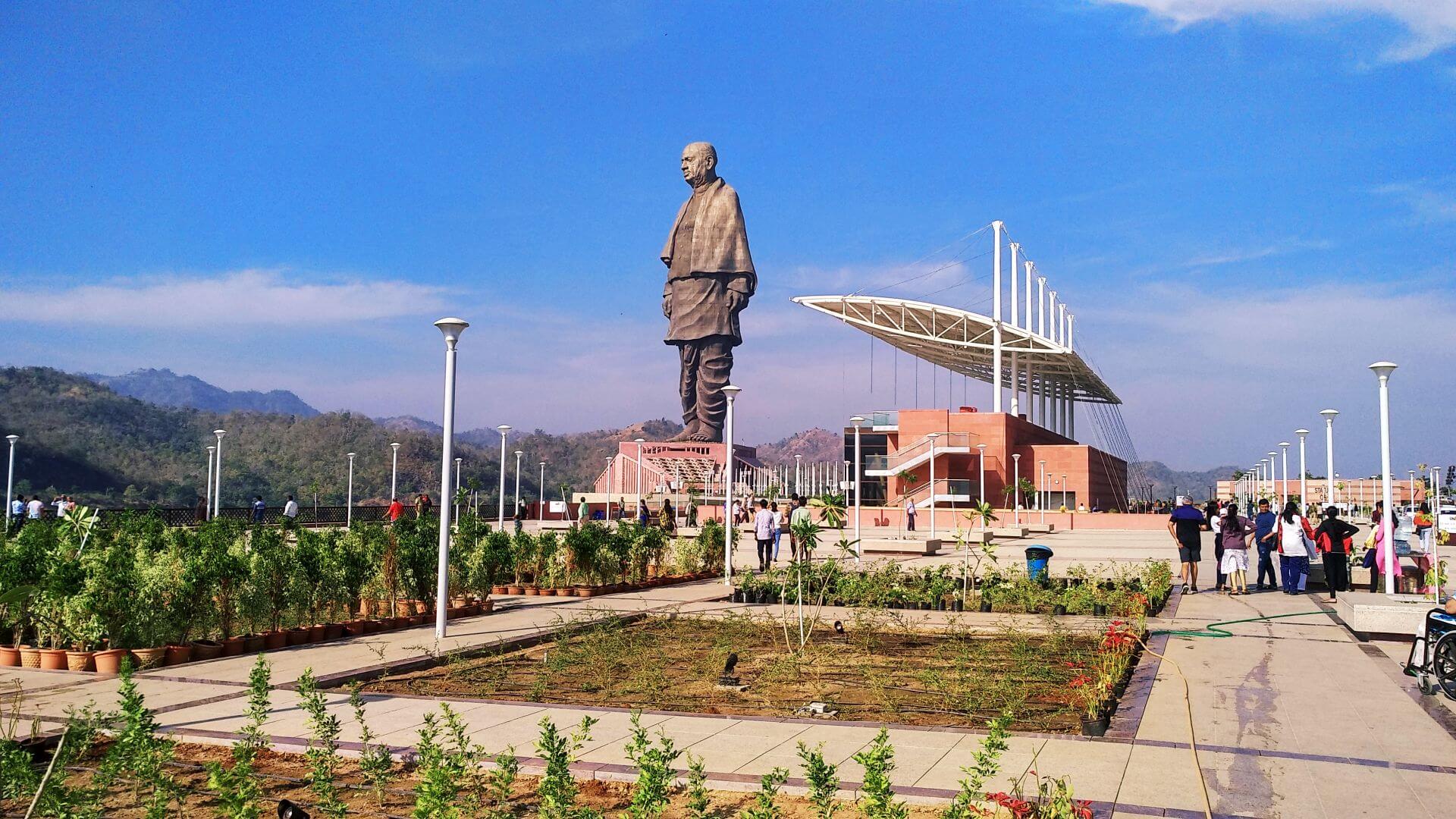
The massive appearance.
Naturalistic representation of Sardar Vallabhbhai Patel.
Icon-based development of the region which is basically a tribal area.
The balanced audiovisual experience during laser light show.
Sculptural Details
The sculpture is the modern construal and a monumental iconic statue and is twice the size of the Statue of Liberty in the USA.
The sculpture depicts the image of Sardar Vallabhbhai Patel wearing traditional dhoti and shawl.
It depicts a commanding, humble and unafraid expression of the leader who is looking towards the world. It also shows a historically accurate expression of the leader in a walking pose with all of its characteristic garments. It faces the Sardar Sarovar dam on the river Narmada.
The in-house museum displays the details of the construction and history of the leader. The visitor’s gallery in the chest of the statue provides a panoramic view of the countryside and also to the interiors.
Construction Team
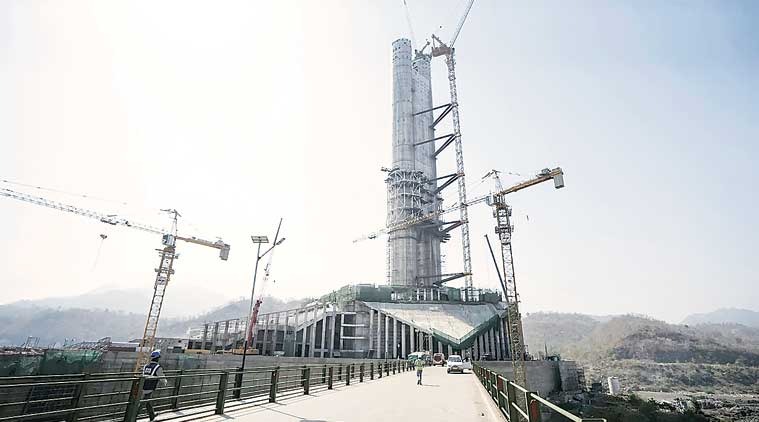
Project concept development – Michael Graves & Associates, Inc.
Project contractor – Larsen and Turbo.
Construction management – Turner International.
Bronze cladding – Jiangxi Toqine Company.
Lighting work – Pyramid Technologies and HB-Laser.
The construction period of the monument was 3.5 years, thereby completing the construction by the year 2018 which employed a huge team of about 300 engineers and 3400 workers.
Why Sardar Vallabhbhai Patel?
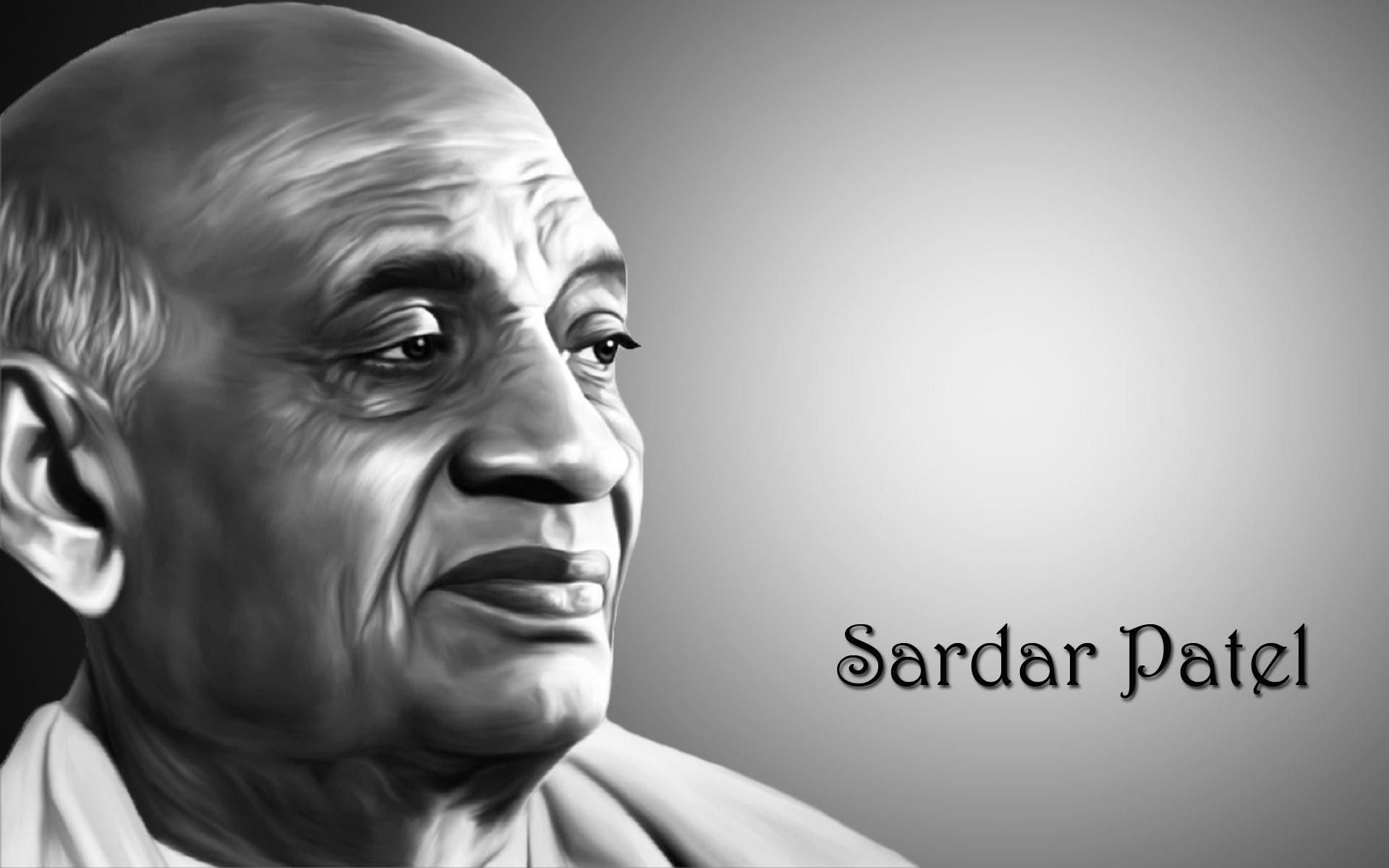
Sardar Vallabhbhai Patel was a visionary Indian statesman and the first deputy Prime Minister of India. In 1947, India was divided into 565 princely states and he was the person who played a key role in unifying the princely states during its struggle for freedom. The title ‘Ironman of India’ was earned by his unifying power.
Henceforth such imperialism was converted into unitedness as how Indians live today (unitedly)! Therefore the Statue of Unity stands as a symbol of tribute by the citizens of India to the great leader who enlightened the path for a beautiful future with unity and strength.
Site Features
The monument stands on Sadhu island amongst the scenery of Vindhyachal and Satpura hills overlooking the surroundings of river Narmada and Sardar Sarovar dam. The statue is erected on the Sadhu bet hillock.
The memorial site includes a memorial garden, exhibition hall, visitor’s centre, canopied footbridge connecting the mainland and island, conference centre, transit centre and a hotel
Other attractions of the site are :
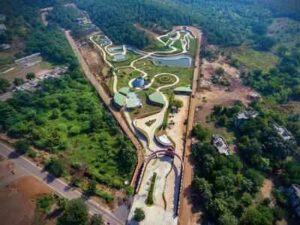
1. Arogya Van

2. Butterfly garden

3. Cactus Garden

4. Ekta Nursery
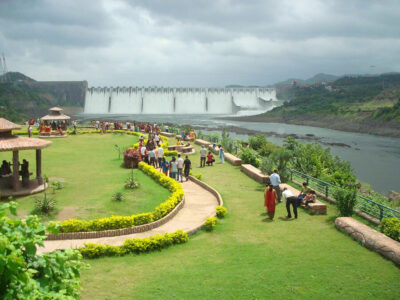
5. Sardar Sarovar Dam

6. Valley Of Flowers
Contribution To Indian Economy
1. Promotes tourism
This tourist attraction is called the ‘Pride of Nation’. The life expectancy of the statue proves that it can contribute to the national income approximately for the next ten centuries.
2. Improve social infrastructure
Scope for hotels, transport, and other supporting services development at a faster pace
3. Improvements in the educational sector
It can promote local culture through sustainable tourism and also provide direct and indirect employment opportunities for the local people. Thus more development in the local area will also contribute to educational facilities, which can bring up a better nation.
Top 13 Interesting Facts
The total democratic assembly constituencies in Gujarat were taken into account to fix the height of the statute.
The statue weighs about 1700 tons.
The sculptor Ram V Sutar has a history of shaping about 50 monuments.
The concept of the statue was brought based on the previous work of Ram V Sutar.
100 million Indian farmers donated a considerable amount of scrap iron with their farming equipment for the construction of statue.
The viewing gallery in the statue can accommodate up to 3000 people at a time.
Mainland to the statue is connected using a 300m long access bridge.
The finished floor level for viewing is at 58metres
The history of Sardar Vallabhbhai Patel and his tremendous contributions to Indian independence is narrated with the colorful laser light show in the night.
The lake surrounding the statue is artificial.
The statue is notably visible from a distance of about 7kms.
It can resist wind velocity of 180km per hour and earthquakes measuring 6.5 scales.
The construction company Larsen and Toubro was the consultant team that constructed Burj Khalifa.







[…] […]